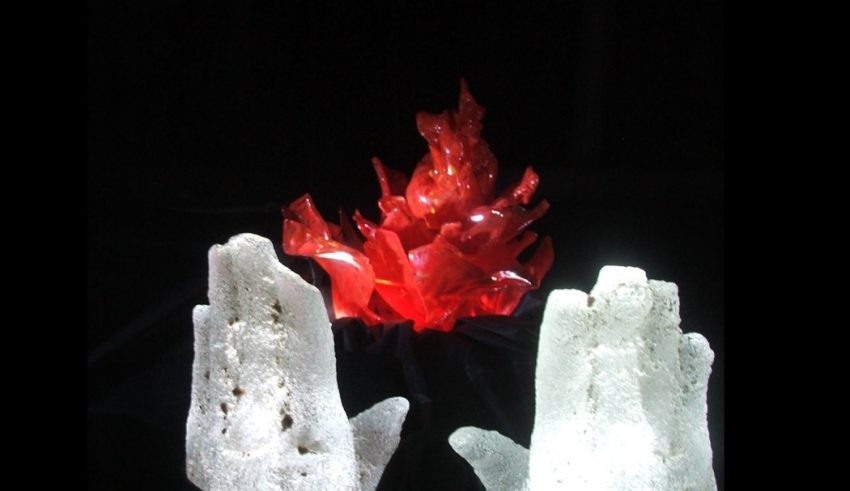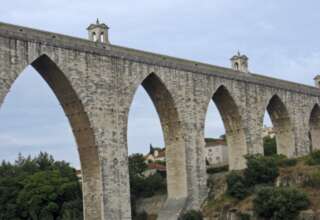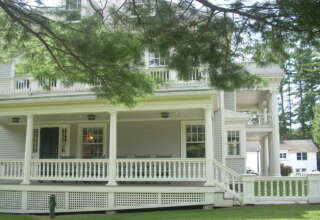
When the fire is “complex” then the learning also becomes more complex—and the addition of one additional layer of logs does make the fire complex. As Virginia Satir noted, all it takes is one new member of a family to make this familial system much more difficult to understand (let alone manage). All it takes is one more level of burning logs to make the fire challenging to understand, predict (or manage). How do we even determine if the flaming has improved, since something is happening at multiple levels? And what about the impact of poking on not just each level, but also the interaction of flames between the levels? A different lesson can be learned, and different criteria can be established for determining the success of my intervention (fire tending). It all depends on the perspective I am taking. I am learning about my own perspective and my own learning. Double-loop learning is required. There are only “tendencies” in the way I have influenced the patterns and intensity of the flames. How do I learn from tendencies rather than certainties? How do I learn from and about fires rather than swinging pendulums?
As we return to our life and leadership in an organization, much the same thing awaits us. First, the multi-tiered organization is likely to be resilient–much as in the case of a forest of diversity or diversity in the crops being grown in the field. We can first observe and seek to understand the ecology of a forest consisting of nothing but fire or pine trees–such as we find in a grove of old, overgrown trees in a Christmas tree farm that has long been abandoned. There is often nothing growing in this ecology but these trees. Most of the other flora and the fauna reside elsewhere. Sadly, we find a similar, sparse ecology operating in many of the “farms” where trees of a single species are being grown for timber. These are single tier systems. They need only an occasional poke and can be “managed” with single loop learning—just some start-up fertilizer, pest control, and logging regulations.
Conversely, we can observe and appreciate the ecology of second or third growth forests that have remained “unmanaged” for many years. We might even be honored with the opportunity to observe and roam in a first growth forest. As Dewitt Jones has noted poetically, these forests are calling out to us: “come on in and see all the wonderful images I have to offer!” The natural (primitive) forest is not just beautiful. It also retains much greater environmental resilience than the managed forest. Similarly, the single crop farming (usually wheat or corn) that was common for many years in American Midwestern states, left this region of the country vulnerable to the invasion of specific pests or destructive climatic events. Multi-crop farming –at least in a specific farming community if not specific farm—made sense in terms of environmental reliance. It is not quite so simple, for the challenge of understanding, predicting and in any way controlling a multi-tiered eco-system is great. Double loop learning is required–and nothing more than “tendencies” can be found in the way the forest or multi-crop farm will grow.








